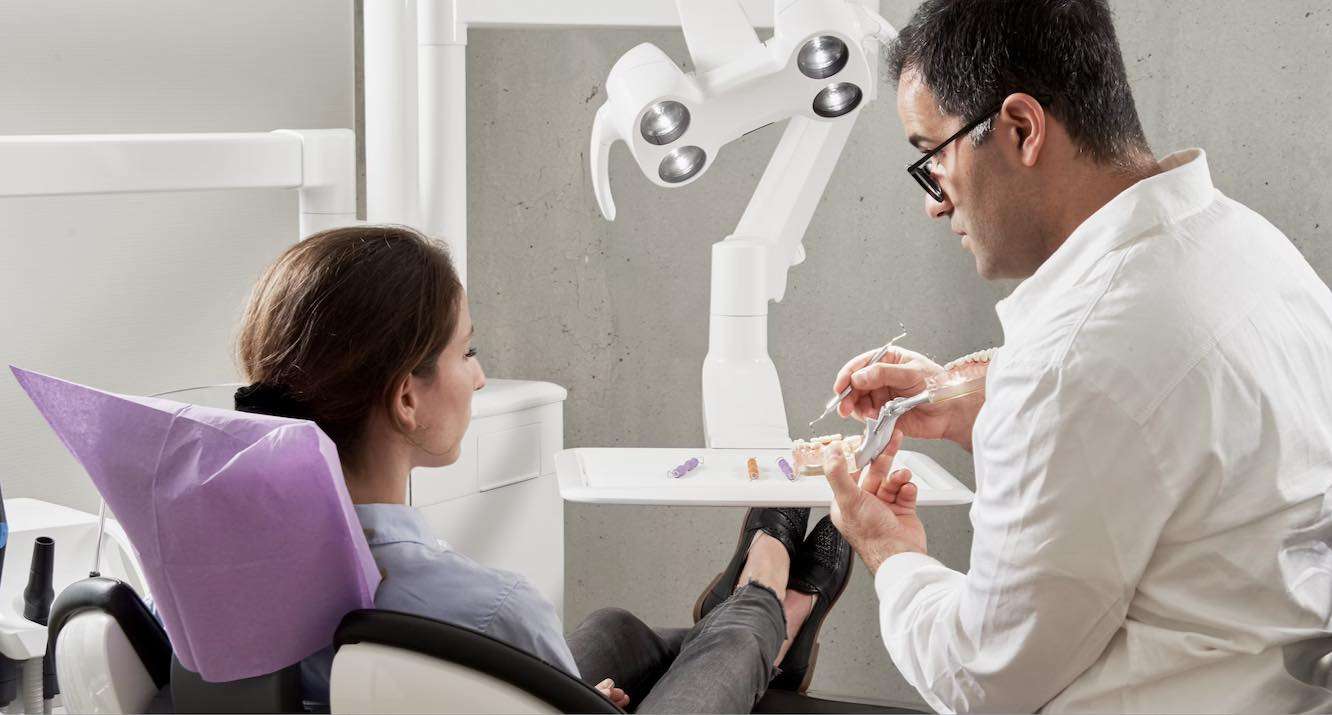Baby 'Completely Paralyzed' by Rare Toxin was Saved After Remedy Found 5,000 Miles Away
A baby left completely paralyzed after being diagnosed with botulism was saved by a remedy found thousands of miles away in the US.

A new cheap, non-invasive test for oral cancer which could potentially save millions of lives has been developed.
Oral cancers and precancerous mouth lesions are considered especially difficult to diagnose early and accurately.
The biopsies are expensive, invasive and stressful for the patient, and can lead to complications. They're also not feasible if repeated screenings of the same lesion are required.
But a team of researchers, led by a clinician scientist at Case Western Reserve University School of Dental Medicine, has discovered a simpler, low-cost test to detect the cancer and monitor precancerous lesions, while determining when a biopsy is warranted.
And the results can be determined within thirty minutes.
Their findings are based on a scoring system linked to the levels of two proteins in the cells which can be brushed from suspicious oral lesions at dental clinics or by ear, nose and throat doctors.
One of the proteins (human beta defensin 3 or hBD-3) is expressed at high levels in early-stage oral cancer, while the second (hBD-2) is low or unchanged.
The ratio of one to the other found in the lesion site-over the ratio of the two proteins on the opposite, normal site-generates a score, called the beta defensin index (BDI).
A score above a predetermined threshold implies cancer; anything below does not. Determining the levels of the proteins and quantifying the BDI is done routinely in a lab.
"When we first discovered hBD-3, we saw it acted as a 'good guy,' involved in wound-healing and killing microbes," said the study's lead researcher Aaron Weinberg, chair of the Department of Biological Sciences at Case Western.
"Imagine our surprise when this Dr. Jekyll turned out to be Mr. Hyde," he said. "We found it was not only promoting tumor growth but was overexpressed in the early stages of the disease, while another member, hBD-2, wasn't changing.
Head and neck cancer, of which oral cancer is about 90%, is the seventh-most prevalent malignancy in the world, with about 640,000 cases per year, resulting in 350,000 deaths worldwide.
The study's lab-based approach, which is now patented, can reduce biopsies in primary care clinics by 95% because it can tell clinicians which patients actually need a biopsy. The test can also be used in developing countries where oral cancer is rampant and pathology services are questionable or lacking, said Weinberg.
The successful results, published March 4 in the journal Cell Reports Medicine, have inspired the development of a device that measures the protein ratio and could be used directly in a clinic.
Working through Case Western Reserve's Technology Transfer Office, a patent for the device is pending, setting up possible manufacturing and clinical validation as a next step.
SHARE the Cancer Hope on Social Media…
Be the first to comment